These ingenious tricks will reduce the dark corners in the interior space and bring natural light into your home
Most homes will have a few rooms in the gloomy corner, but that doesn’t mean you’ll have to live completely in the dark. To illuminate a lightless home without the use of lights, use a combination of these creative ideas to enjoy the day’s natural light improvement space.
Choose glass doors.
One of the most effective ways to let natural light into your home is by using glass doors. Adding a new window or increasing its size usually requires more difficult construction, but you can make it easier to replace the exterior doors with glass. Whether you like the bold lines of the steel frames or the French doors in the next photo, there’s a design that suits every palette and location, both inside and outside the house. .
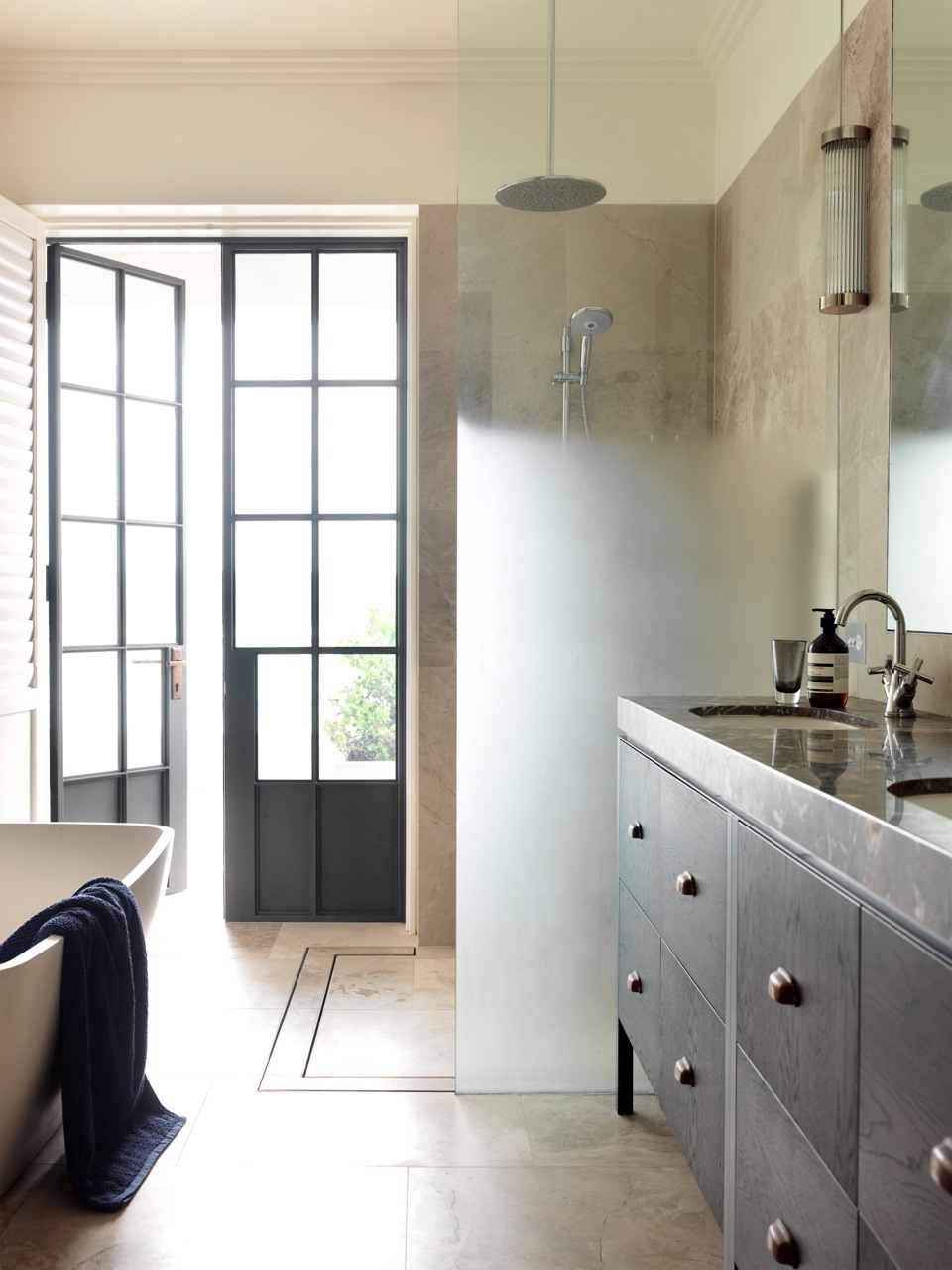
Tip: If privacy is your concern, choose the type of frosted glass material.
Use windows and window sales.
This Sydney house uses a series of intricate French interior doors to borrow light from adjacent rooms. Designed by Luigi Rosselli Architects and Decus Interiors, the windows above the windows (shutters) and the semi-windows outside the doors help to double the aperture and maximize the amount of light moving from this room to another room.
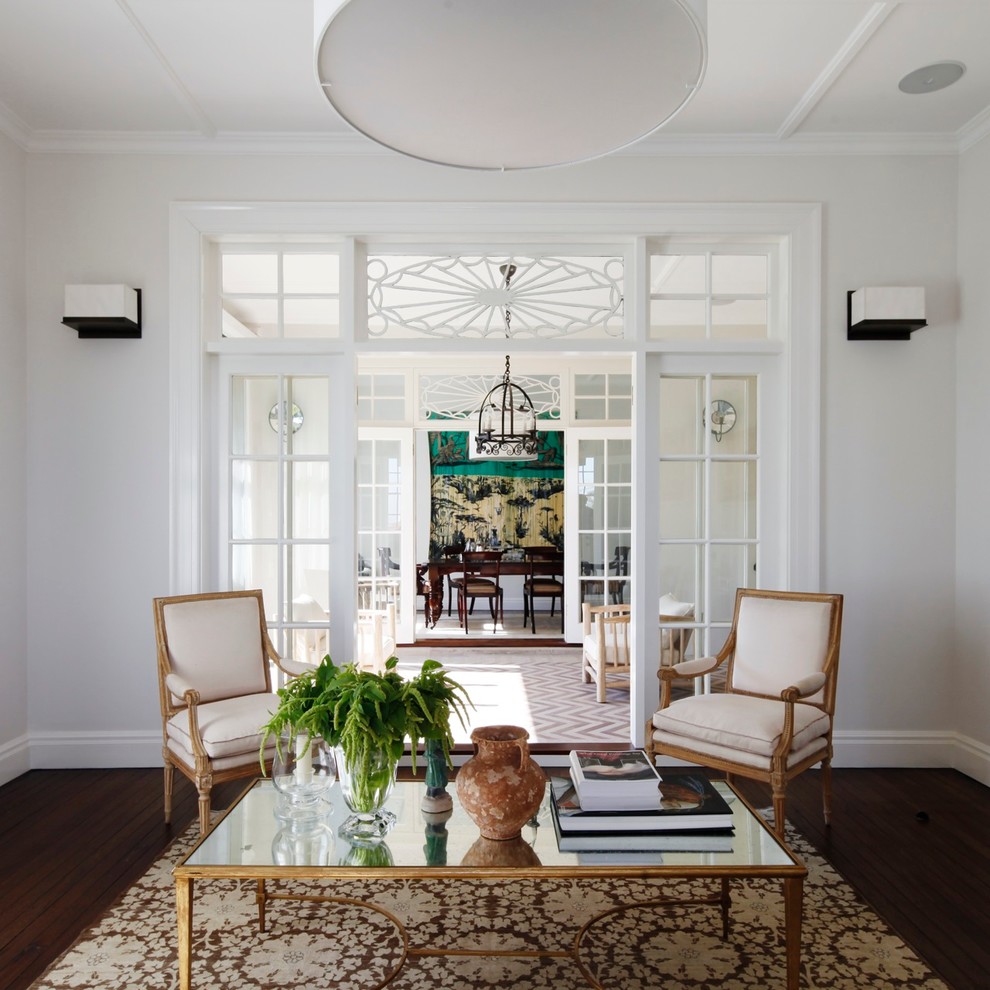
The main lights, interfering lights and fan lights (arranged symmetrically on arches or elliptical entrances) can be supplemented with additional port light sources relatively easily.
Through the glass kitchen wall.
Is it impossible to hide a view of valuable interior space by replacing your wall-mounted kitchen cabinets with a traditional window? Instead of the usual way, try using a different shape window in the size of your kitchen glass wall, as Rudolfsson Alliker Associates Architects did in this residential area in Sydney. Natural light will illuminate your desk and provide an important light source for cooking. Kitchen wall windows can be established when your kitchen is located close to the wall adjacent to the outside. If you have a hallway along the inner kitchen, make use of the interesting double sliding glass doors.
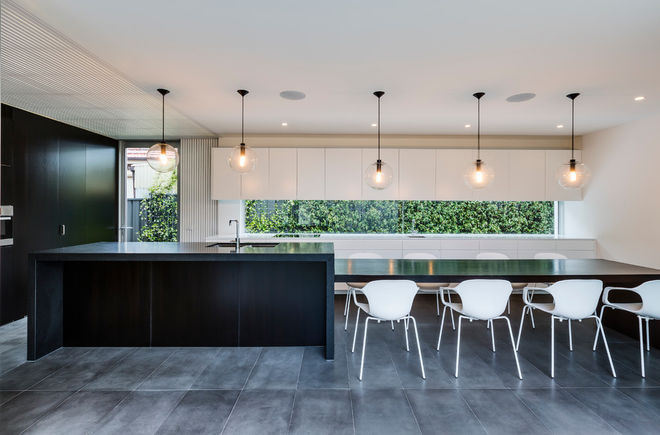
Install ventilation windows.
We can’t penetrate a fence wall just to have a window at eye level, but ventilation windows can have the same lighting effect in an interior. Ventilation windows are high on your walls, as shown in the image of the lower house in Melbourne, Australia and because they are above your height, they do not affect your privacy. They are also particularly effective in letting light into narrow rooms.
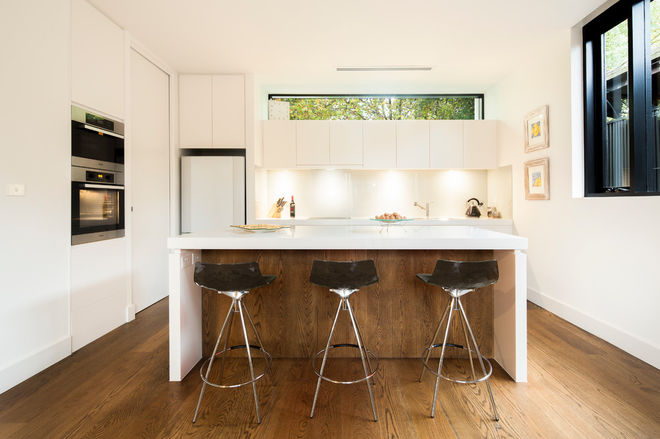
Choose a glossy white paint.
If you have asked anyone how to lighten a dark house, you may have been asked to paint your walls white and remove dark. Although this is the first tip in the design, the better you choose the gloss paint, the more it will spread the light throughout your home. So opting for a reflective finish on the wall can be shaded.
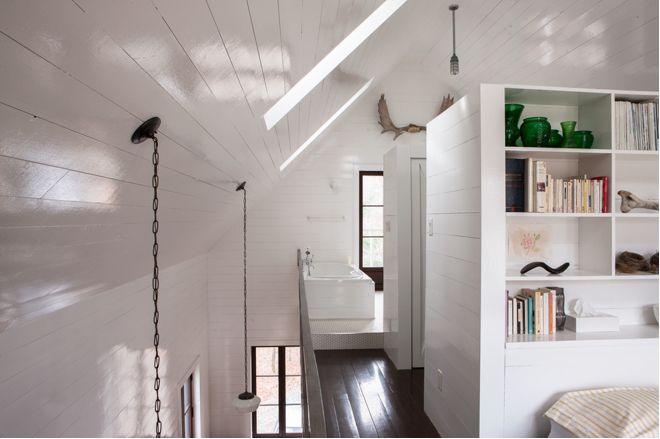
Just be aware that high-brightness paint highlights every dark corner, so make sure you choose walls that paint the main surfaces that take up large areas of the house.
Tip: Reflective bricks and metal substrates have the same effect.
Create floor gloss.
We rarely consider treating our floors to lighten a room, although a high-gloss floor will brighten the light around the room. It can be as simple as polishing your floor with a finish, or you can use a more powerful method than using high-end epoxy industrial floor paint, such as those used in luxury apartments in Montreal this.
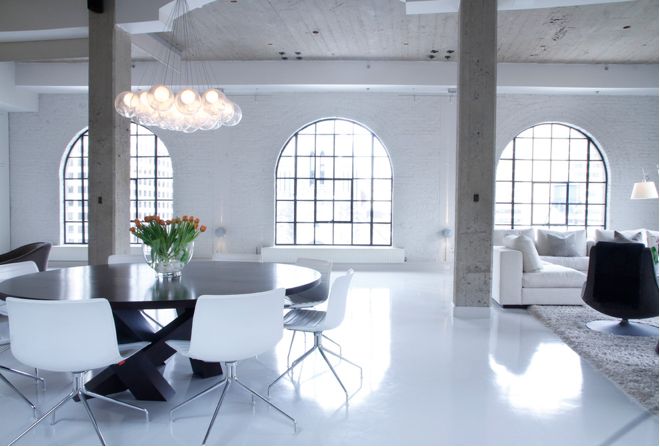
Create floor vents.
These clever inventions are used by many daylight devices, solar pipes, sun tunnels or tubular windows. Most capture sunlight through the small dome on your roof and take it down a reflector tube and through the opening in your ceiling, diffuses the light throughout the room.
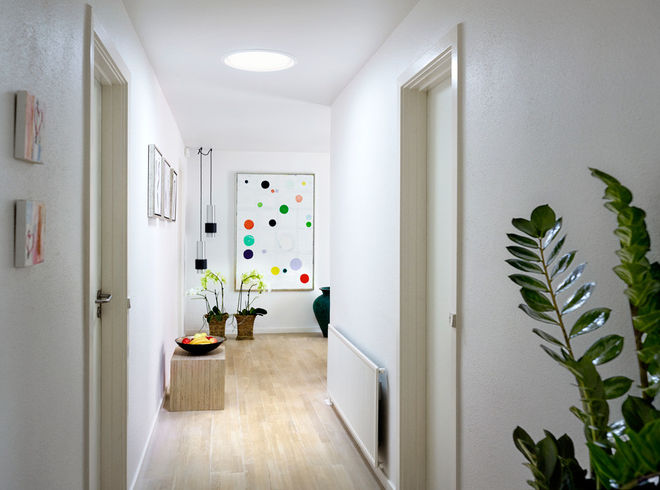
These devices amplify natural light, do not cause the house to heat up and in some cases have the ability to collect solar energy to the room at night. Most can be installed in rooms without direct roof access, using angle reflectors to direct light into hard-to-reach spaces.
Constructing pine houses.
The sheer elegance of a layered architecture can give you the opportunity to combine space with any design. This large penthouse window, designed by Decus Interiors, directs sunlight into the kitchen on the ground floor, while natural light enters rooms upstairs through side windows. in looking out at the void. One of the best features of a large porthole dome is subtle, delicate gameplay and beautiful shading throughout your interior space every moment of the day.
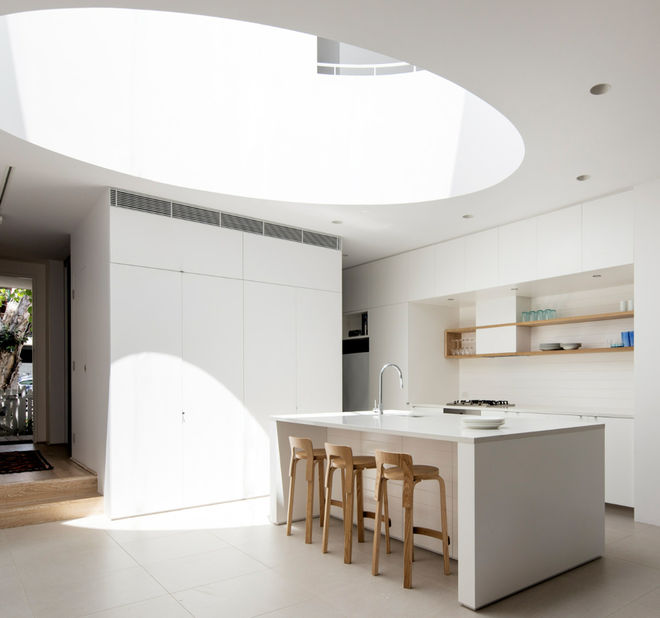
Cross the ceiling.
Is there a better way to wake up than to look at the sky while showering in the morning? In addition to letting natural light enter the room, skylights have an enhanced effect and can be used in most locations with direct access.Gable skylights like Christopher Polly Architect’s indoor homes in Sydney are cleverly designed lighting angles to match the art of shadow casting on the house.
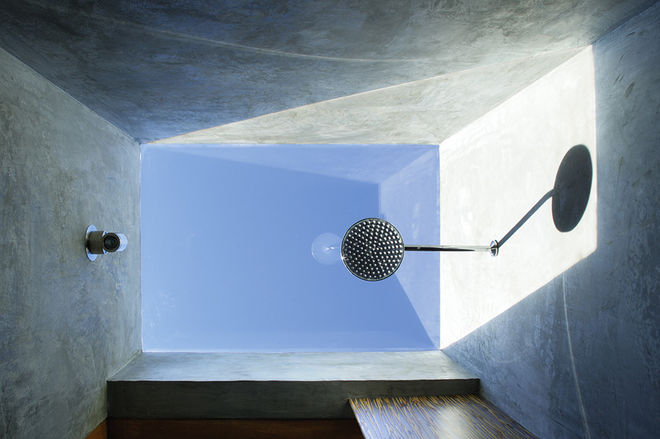
Many skylights and porch windows use tempered glass to create an angle that can be cleaned. This type usually has an outer covering that has a special effect of reflecting ultraviolet rays and fights against leaves and dirt from the side to protect people. After installation they will automatically push away the dirt outside and rain also works to clean the glass protecting the house.
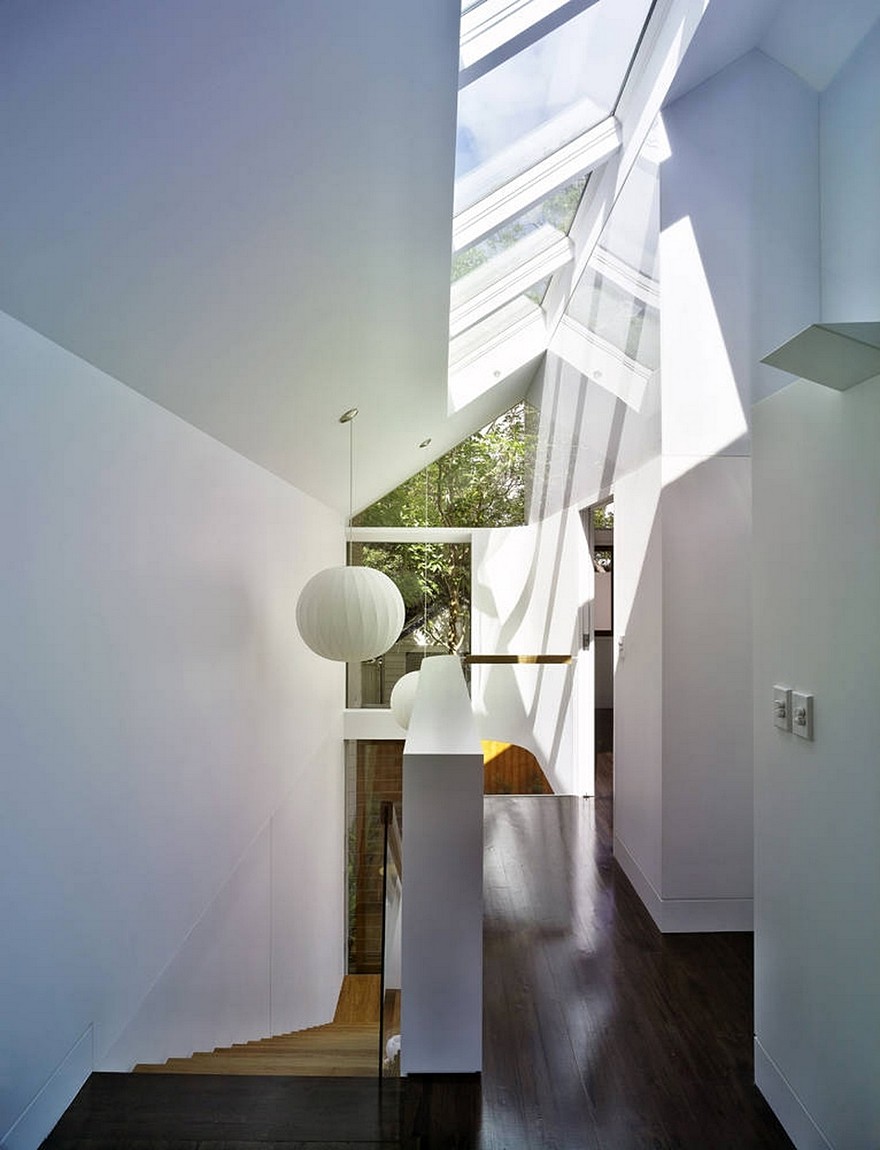
Tip: Skylights can increase indoor temperatures, so use indoor vents to regulate the air and lower the temperature of your home space.
Examine the outside glass fence walls.
For villa spaces where privacy is not a problem, using ceiling-to-ceiling glass doors instead of fence walls will fill your home with light. Choose double glass sheets (at least) to insulate, and try to position your glass walls to the north. Avoid building too large glass walls on the west and east sides of your home where sunlight is frequently exposed to ultraviolet rays that are hot and dangerous to your life.
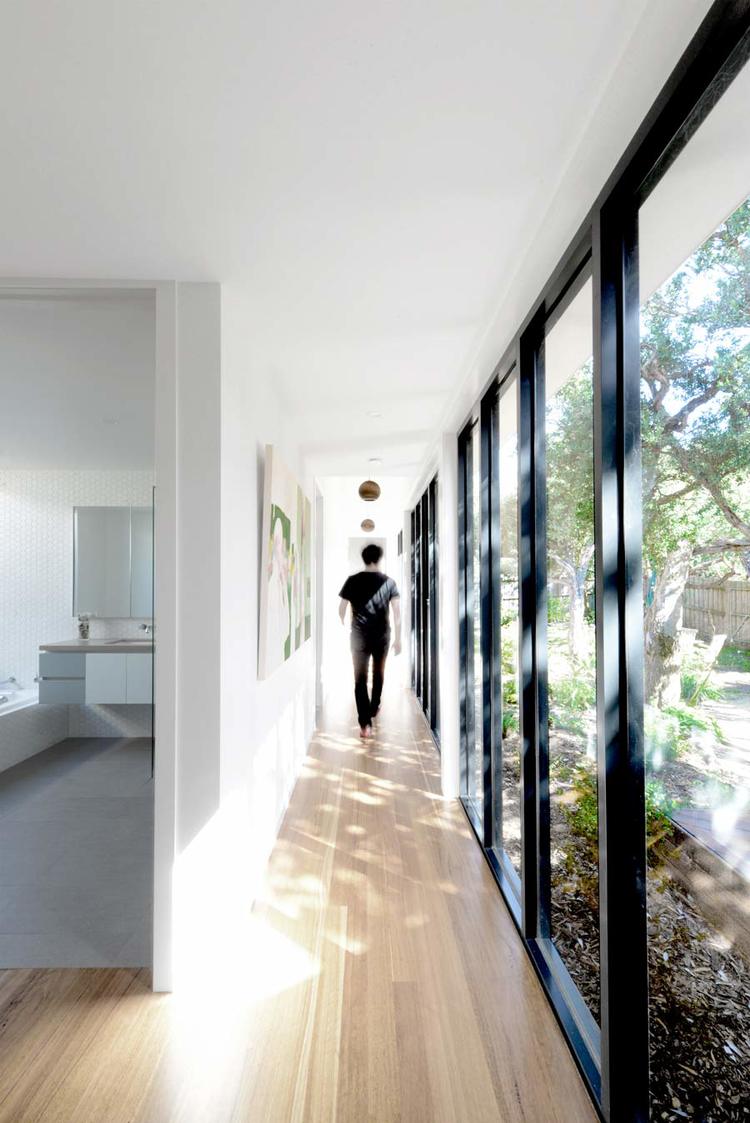
If you want to install large floor-to-ceiling transparent glass windows but are concerned that this might take away your privacy, there are plenty of creative options like single-sided glass to enjoy the inside space, outside but still ensure privacy.
Use the dividing room walls creative.
Sometimes it is not necessary to create a partition for a room’s purpose or to create a closed space. If you want more seamless space instead of dividing it and creating closed rooms for privacy, consider using divider partitions instead. Space dividers have a variety of creative patterns, including glass panels, wooden walls, CNC partitions, metal cladding and fabric blinds, screens … it depends on the creative imagination of your home. .
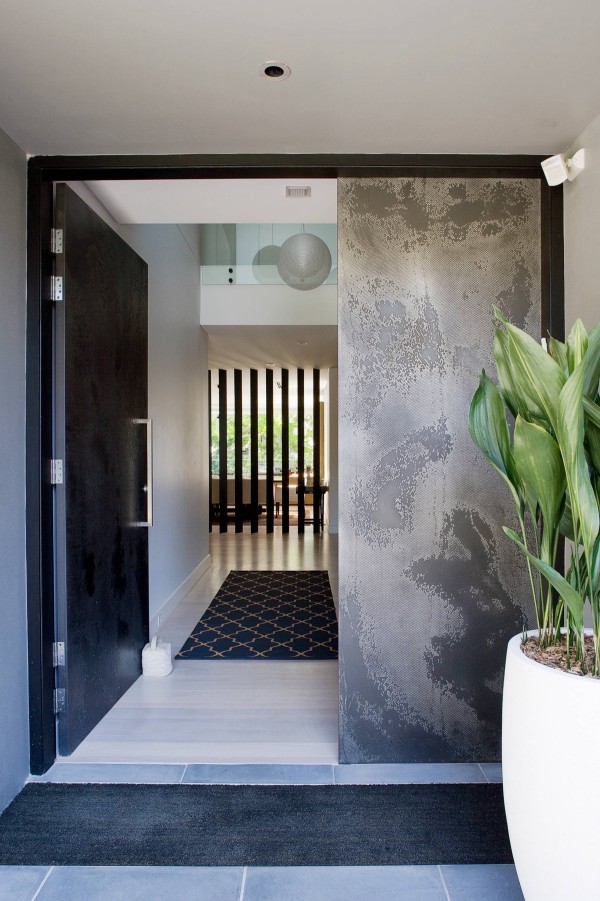
Do you like this example of a black stripe in a Sydney house from Denai Kulcsar Furniture? This design increases the natural light from the outside windows, then penetrates the partition to deep into the house.
Create a yard.
Do you have a renovation budget and some space to sacrifice your yard? A central courtyard of the house can bring natural light into your home from the inside, which is the case with this Sydney home by Architect Elaine Richardson. These quiet indoor and outdoor spaces are surrounded by windows, glass windows or sliding glass doors to cover the light from the courtyard in adjacent rooms.
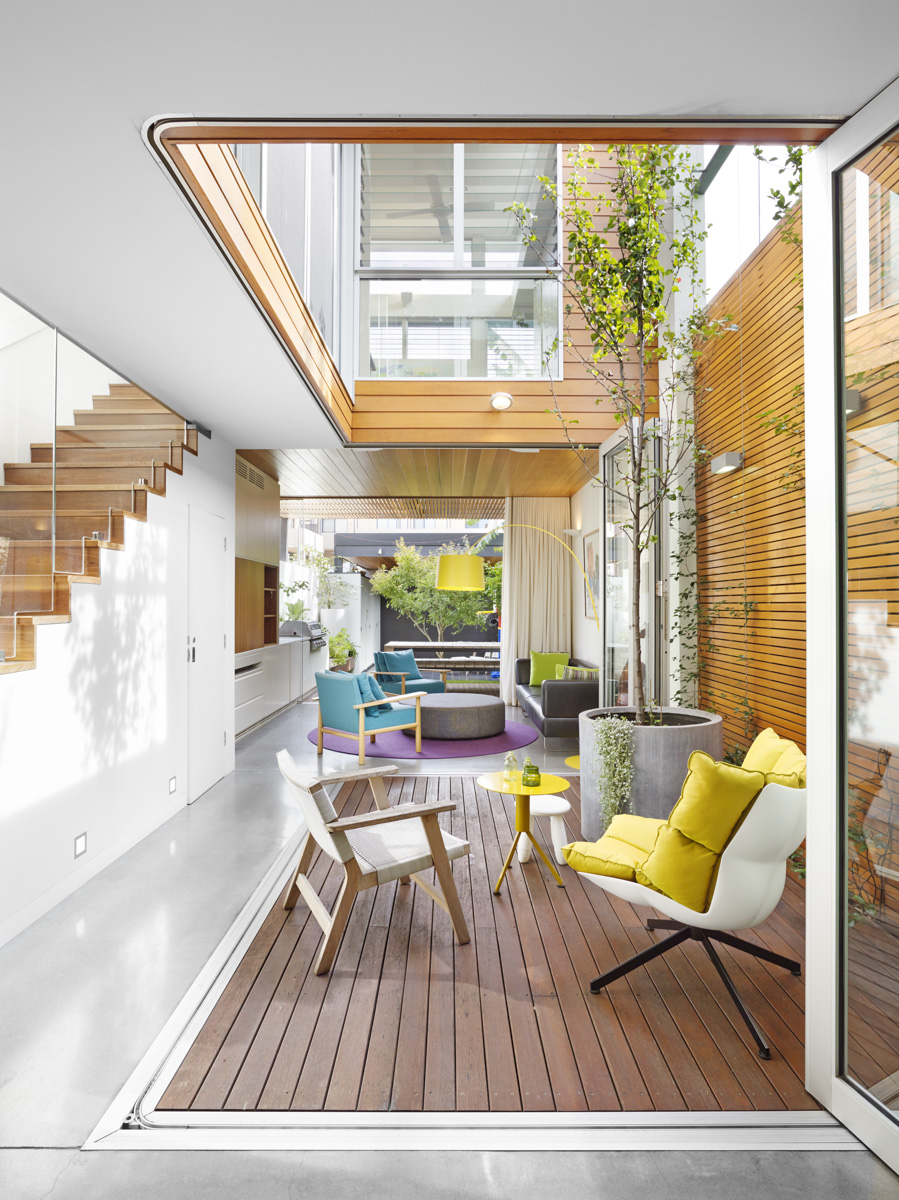
Consult with architects, interior designers or builders for advice on how to maximize the penetration of natural light in your residential area and remember that even a patio Small can also make a big difference.
Hang the mirror on the wall.
We all hear that mirrors can transform any space from gloomy to glamorous, but there are a few tricks. First, bigger mirrors always work better when using them because of the larger reflective surface, the more light penetrates the room.
And second, your mirror needs to reflect the light source, so place it opposite or next to a window, as you did with an oversized round mirror in this San Francisco home. Hanging a mirror behind a light bulb can double the light source in a room even further.

This patterned glass partition wall shows an ancient texture and has a reflective effect large enough to lighten Toronto’s bedroom, but does not make it too harsh in a bedroom that needs more relaxation.
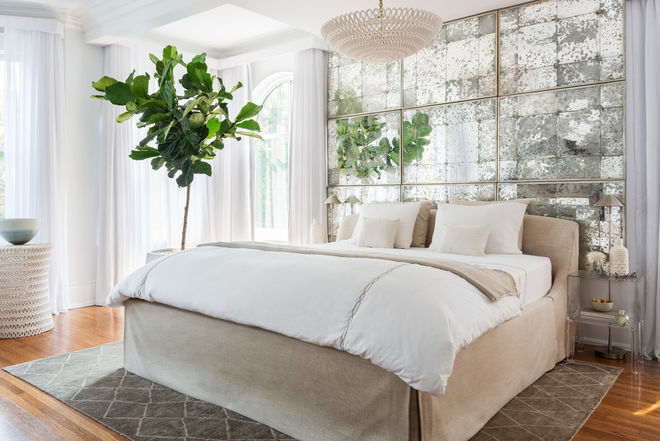
Tip: Interior mirrors, for example, applied to drawers may have the same effect.
Source: designs.vn



